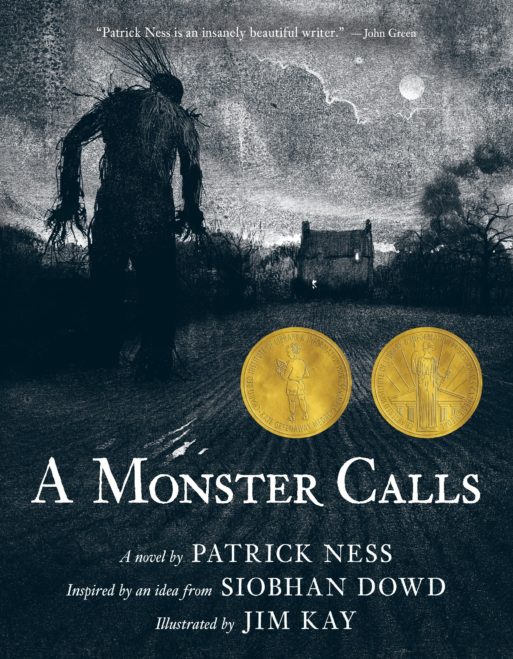
Credit: Omar López
Since the onset of the COVID-19 pandemic, U.S. state governments have been struggling with how to support tenants and homeowners and prevent evictions. Many have imposed eviction moratoriums, while the Centers for Disease Control and Prevention ordered a halt to residential evictions in September. That order was set to expire on Dec. 31, but has been extended under the COVID-19 relief bill until the end of January.
Evictions have been shown to have a devastating impact on death rates. A recent study, “Expiring Eviction Moratoriums and COVID-19 Incidence and Mortality,” analyzed 44 U.S. states that had implemented eviction moratoriums from March 13 to Sept. 3, 2020. Researchers found that the 27 states that had lifted eviction moratoriums during the study period experienced a 1.6 times higher incidence of COVID-19 after 10 weeks, adjusting for variables including testing, stay-at-home orders, school closures and mask mandates.
These states also experienced a 1.6 times greater death rate at seven weeks, a ratio which increased to 5.4 at 16 weeks or more — translating to an estimated additional 10,700 deaths nationally. The study, which has yet to be peer-reviewed, was released in pre-print format on Nov. 30, 2020.
States such as Texas, which both has a larger population and lifted its moratorium early, have seen the most significant impact, said Katherine Leifheit, a lead researcher on the study from UCLA’s Fielding School of Public Health. “It’s surprising, and it’s troubling, and these are deaths that could have been prevented had the states maintained their moratoriums,” she told NPR.
Vulnerable Populations Face Higher Rates of Evictions, Death

Many individuals are losing their homes.
An estimated 2.4 to 4.9 million Americans are at risk of eviction once the moratorium expires, according to an analysis by global financial advisory firm Stout. Studies have shown that Black and Latinx people are disproportionately affected by evictions, while women are evicted more often than men.
In some states, people have been evicted despite the moratorium. Some, such as Tawanda Mormon, who was required to leave her Cleveland apartment, are unaware of the federal order, while others fall through cracks, encounter loopholes or face inconsistent application of the rules. “We are seeing variations in the way courts are applying the CDC order, and we are also seeing a lack of knowledge among tenants and property owners,” Emily Benfer, a law professor at Wake Forest University who chairs the American Bar Association’s COVID-19 task force committee on evictions, told CBS News.
The poorest and most vulnerable are at greatest risk — including Jamaira Watson, who lost her hotel job due to the pandemic and was falling behind on rent when she and her elderly mother both contracted COVID-19, preventing her from taking a new position at a factory. “I had a nervous breakdown,” Watson told the Connecticut Mirror. Watson discussed moving in with a friend despite fear of contagion, while her mother sought similar help, until they obtained a court order to stay the eviction until February.
Those evicted are not the only ones affected, as the friends, family or other homeless individuals they come in contact with also face increased risk of exposure to COVID-19. “It hurts the whole community,” Madeline Howard, a senior housing attorney at the Western Center on Law and Poverty, said in an interview with the Bay Area Newsgroup.


 Evictions Lead to Higher Death Rates
Evictions Lead to Higher Death Rates “Your absence has gone through me like thread through a needle. Everything I do is stitched with its color.”
“Your absence has gone through me like thread through a needle. Everything I do is stitched with its color.”
 “I Remember Everything” by John Prine
“I Remember Everything” by John Prine Folk legend
Folk legend 
 Scientists Uncover New Ways to Determine Time of Death
Scientists Uncover New Ways to Determine Time of Death

 Happy New Year from SevenPonds!
Happy New Year from SevenPonds!
 “A Monster Calls” by Patrick Ness, Illustrated by Jim Kay
“A Monster Calls” by Patrick Ness, Illustrated by Jim Kay






 Lessons From a Veterinarian: How to Know When It’s Time To Say Goodbye To Your Pet
Lessons From a Veterinarian: How to Know When It’s Time To Say Goodbye To Your Pet














